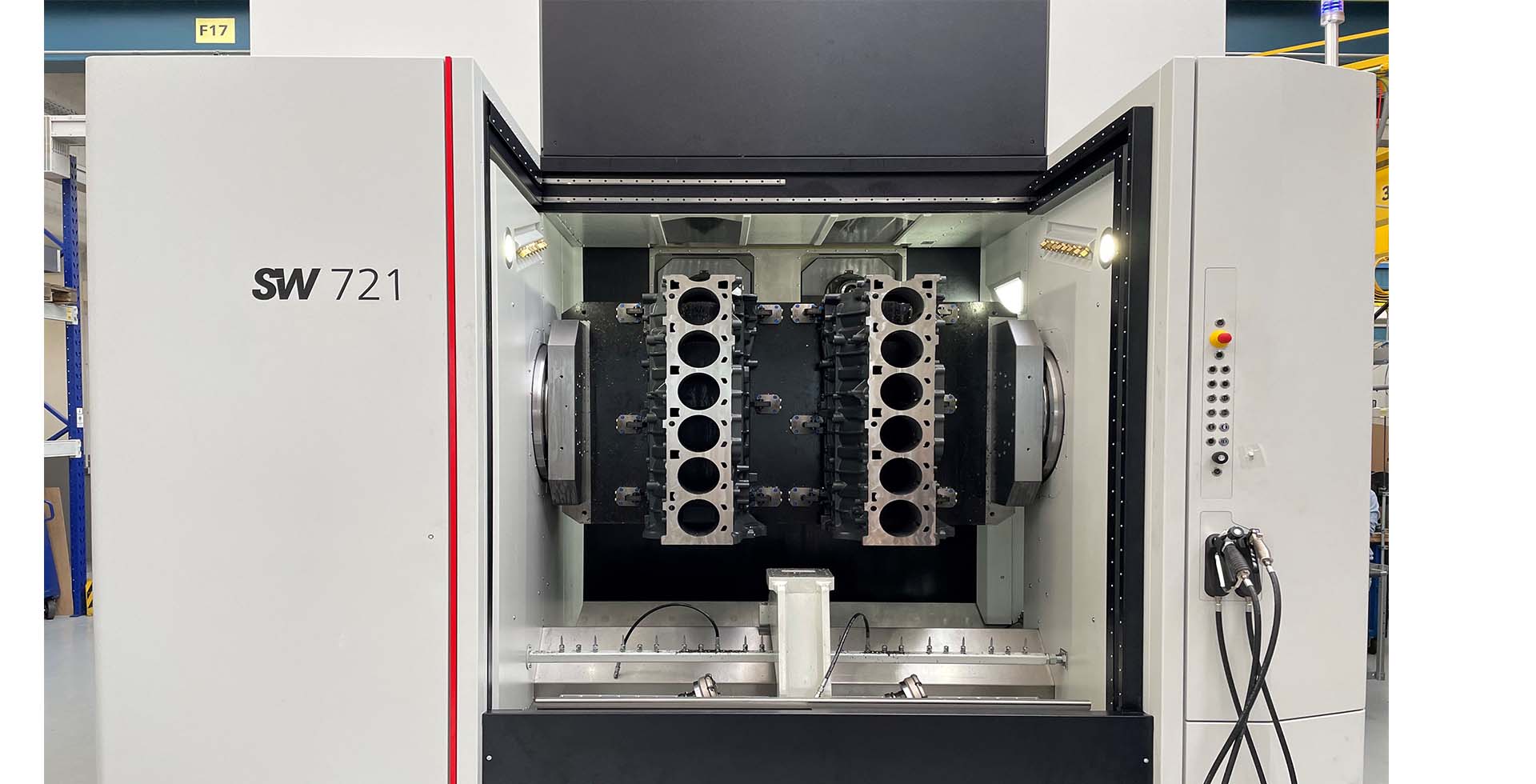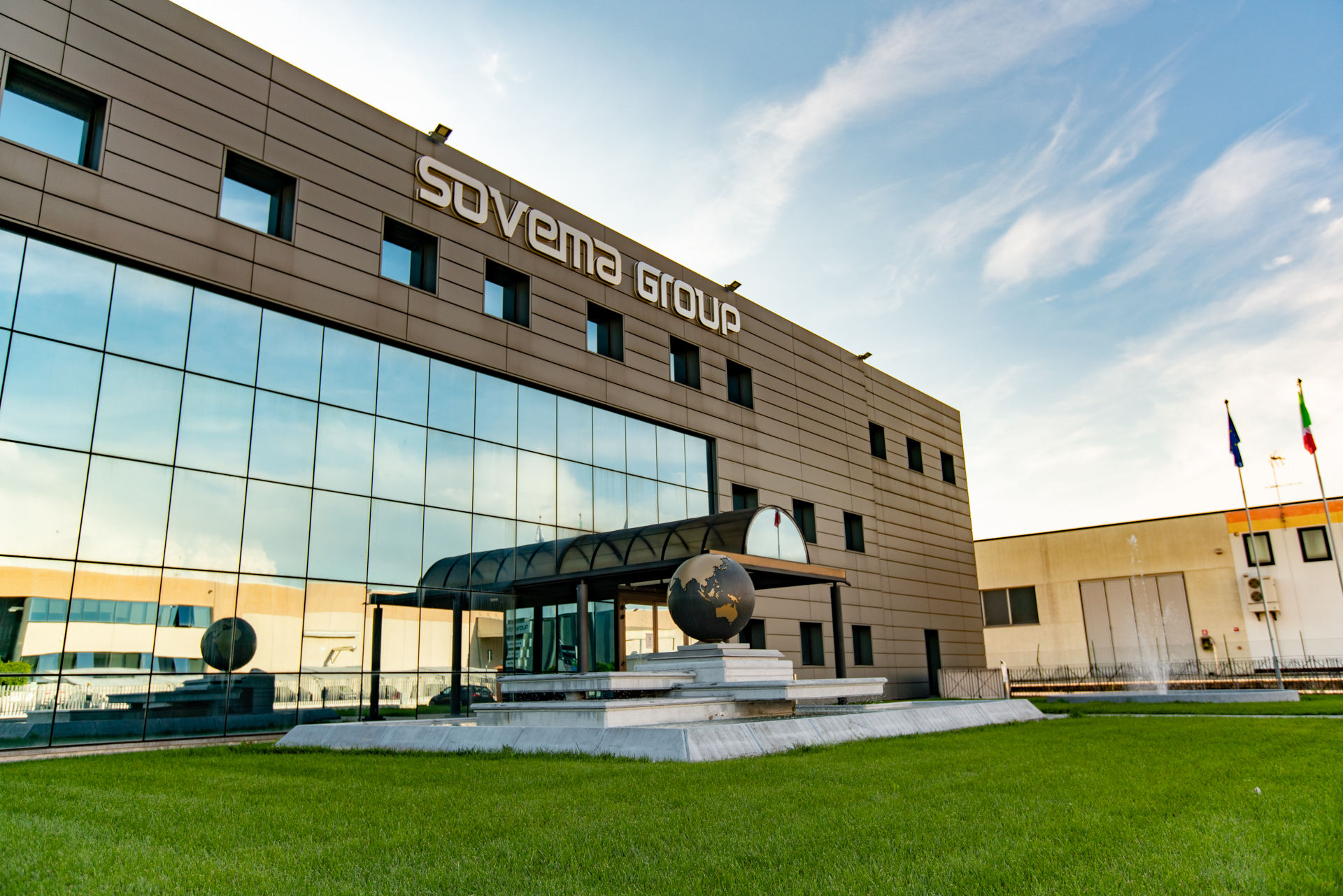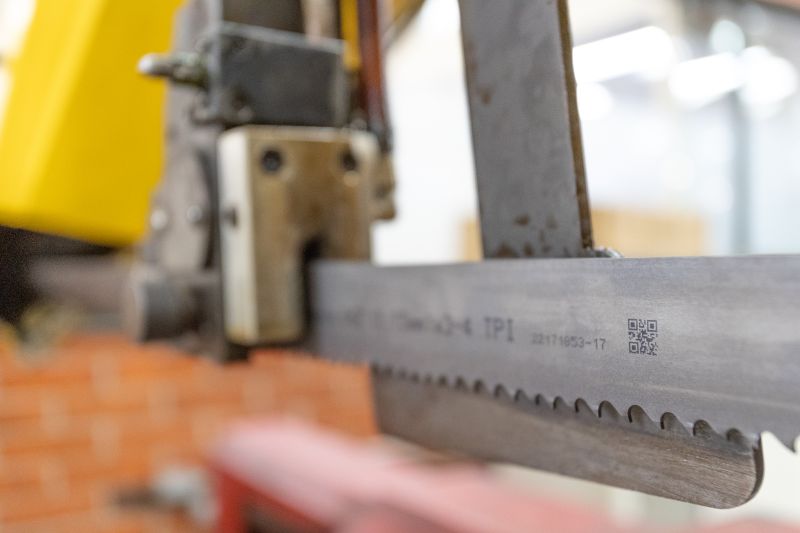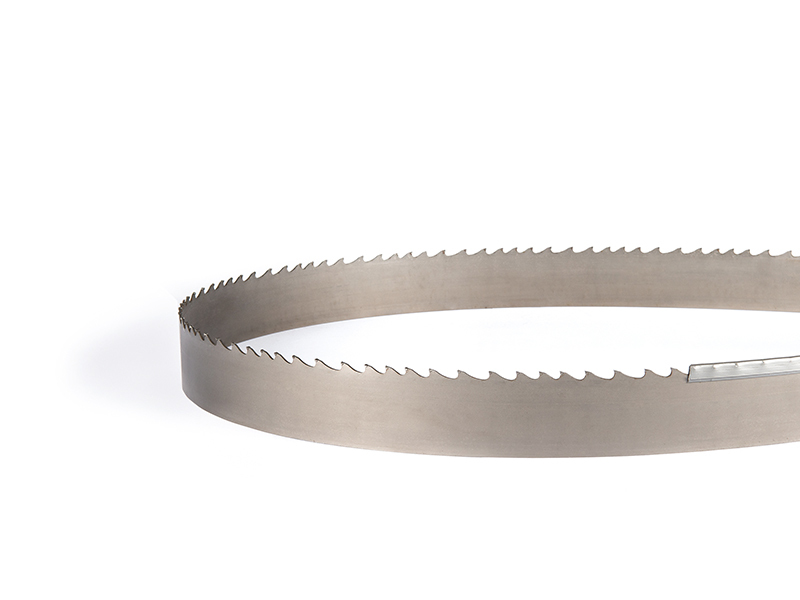Castings Technology International (Cti) has become a new partner of the University of Sheffield Advanced Manufacturing Research Centre (AMRC), recognising the ‘synergy’ between the two organisations and the value it will bring to its customers. Sitting alongside the AMRC on the Advanced Manufacturing Park in Rotherham, Cti provides advanced casting expertise and manufacturing capabilities, including computer process modelling, design for casting manufacture, rapid manufacture of precision castings, additive processes and materials research.
Cti’s managing director Richard Cook says: “Once a subsidiary of the AMRC, we’re is delighted to become a member of this world-leading cluster of research groups. There is a great deal of synergy in what we do, in particular the ability to signpost clients from pure R&D towards the exploitation of newly developed technology and vice versa for those with mature products who are seeking R&D support.”
For further information www.amrc.co.uk



















